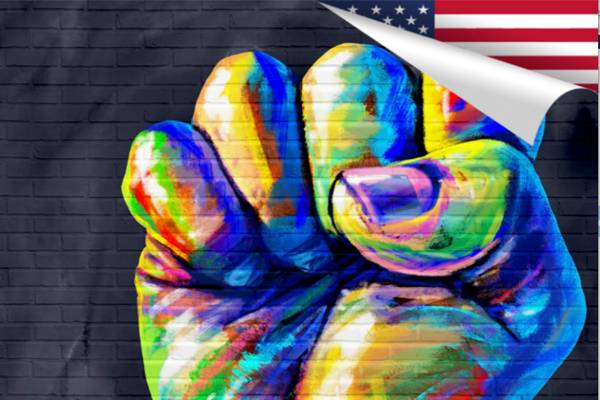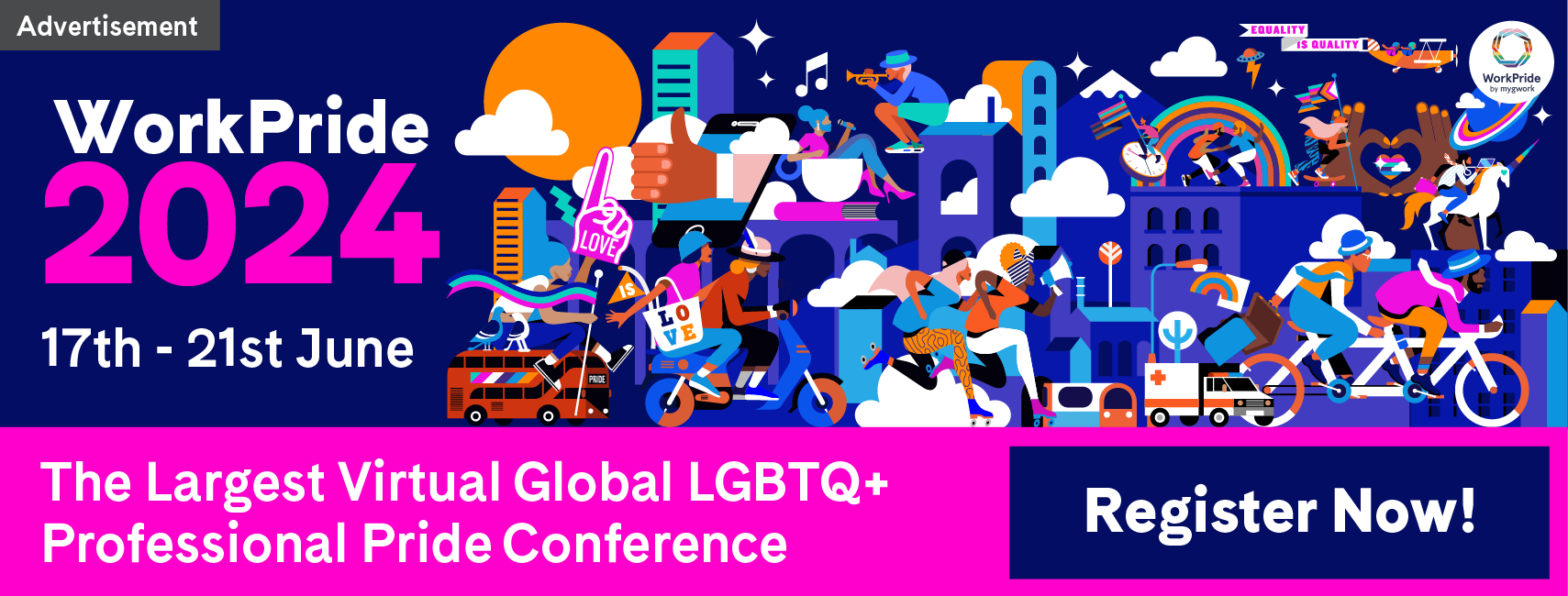US Firms Have Better LGBTQ+ Representation On Leadership Teams Than UK, New Study Reveals
News
US companies are twice as likely than those in the UK to say they have at least one member who self-identifies as LGBTQ+ on their leadership team, revealed a new report. In fact, half (49%) of US companies have LGBTQ+ representation on their leadership team and over two-thirds (70%) have approved an LGBTQ+ strategy in the past 12 months.
However, compared to the US, only 34% of UK companies have at least one member from an LGBTQ+ background on their leadership team, confirmed the latest McKenzie-Delis Review, carried out by KPMG and Ipsos with the McKenzie-Delis Foundation; a charity driving research and insight into workplace equality. Additionally, just 41% of UK companies say their leadership team has approved an LGBTQ+ strategy in the past 12 months, noted the review; which looked at the state of diversity and inclusion (D&I) across 10 facets of diversity in both the UK and the US this year.
Although many of the biggest companies on both sides of the Atlantic are increasing their focus on workforce diversity and inclusion, they must worker harder to embed real change on areas such as sexual orientation, race, and disability, highlighted both reviews.

Key LGBTQ+ Workplace Findings
- Only one-third (34%) of companies say they have at least one member from an LGBTQ+ background on their leadership team and another third (37%) don’t know if this is the case, compared to half (49%) in the US
- Only 40% in the UK say their leadership has shared LGBTQ+ stories with the rest of the organization, compared to 67% in the US
- 41% of companies say their leadership team has approved an LGBTQ+ strategy in the past 12 months, compared to 70% in the US
- Over one in three (35%) companies in the UK say they gather and monitor data on the sexual orientation of their leadership team, compared to just a quarter (24%) in the US
- 47% of UK companies ask if their employees self- identify as transgender, compared to just 24% in the US.
Sexual orientation fared the poorest among the 10 diversity facets in the UK, whereas it ranked 7th out of 10 in the US findings. Little substantial progress seems to be made, particularly in how participating companies say they support this community beyond Pride month on both sides of the Atlantic, noted the reviews. While many companies in the UK and US support the LGBTQ+ community during Pride month and include training on this as part of wider conscious and unconscious bias materials, it still seems to be somewhat of a taboo topic.
Commenting on the UK findings, Margot Slattery, Global Head of Diversity and Inclusion at ISS A/S, stated: “I was somewhat surprised by the ranking of sexual orientation in the list of areas or dimensions that organizations are working on. While there has been much change and improvement on sexual orientation and equality, it is in my view an area that still need much more work. The numbers of people who come out at work are still low. We need organizations to positively encourage all to be part of this change and to feel free to be their authentic selves. We will also need to do more work globally on areas such as gender transition, transition policy, and intersectional areas to include greater depth in race and ethnicity, social inclusion, disability and education to ensure equality in all aspects of our lives.”
Rupinder Bains, Board Member at the FA and the Women’s Football Board, agreed: “Only by incorporating the LGBTQ+ community in to the workforce and truly engaging and encouraging recruitment of LGBTQ+ employees at all levels, developing mentoring programs, understanding bi-identities and the need for bi-visibility and inclusion in the workplace and creating a workplace that supports well-being and mental health, will we truly be formulating inclusive communications and working in truly diverse and inclusive organizations.”
Key Recommendations to Improve LGBTQ+ Inclusion
Provide Year-round Support, Not Just Pride Month
During Pride Month, many large companies take the opportunity to celebrate the LGBTQ+ community in vital and visible ways. But creating a genuinely inclusive culture means taking year-round action. Take a hard look at the signals about whether your workplace is inclusive to the LGBTQ+ community – the type of language used, visuals on the website, options beyond male and female on job applications. Every time you say or do something inclusive, you give a positive signal: this is a safe environment where LGBTQ+ employees are respected and valued.
Take A Hard Look At Your Talent Pipeline
The LGBTQ+ community is underrepresented in the workplace, especially at more senior levels. Look at the representation at the manager, senior manager, director, and vice president levels in your pipeline and find out if there is an issue. Don’t assume you know the answers or solutions. Open a dialogue with the community and the management team to truly investigate and understand what the obstacles are. When shaping your culture, representation matters. Seeing members of our community being hired and rising in the ranks of an organization is crucial to building a culture of inclusion.
Visible Leadership Accountability
As a senior leader, public statements in support of the LGBTQ+ community set the tone from the top. Demonstrate that everyone will be held accountable for their behavior and model inclusivity and allyship yourself. If you learn of, or witness behaviors, practices, or language that are rooted in homophobia, transphobia, or misogyny, acknowledge those wrongs and take immediate action to rectify them. Being LGBTQ+ is not “obvious” or “visible” diversity, so it’s important to make sure leaders’ voices are part of broader discussions about diversity.
Create An LGBTQ+ Network And Ally Program
A network means LGBTQ+ employees can meet in a safe space within their place of work to relate to one another. As a focus group, network members can also help you identify and improve upon issues affecting LGBTQ+ staff, so you can continually improve your approach. Create an ally program. Visual signals, like allyship stickers, can really have an influence.
Make Your Policies Inclusive
Ensure that the benefits your organization offers are inclusive, such as insurance coverage for domestic partners, parental leave for adoptions, and pension benefits.
Both reports measure 10 facets of workplace D&I beyond gender and ethnicity, helping companies assess sexual orientation, disability, age, religion, nationality, socioeconomic status, mental health and wellbeing, and parenthood. Click here for more information on both the US and UK reviews.
Keep up to date with the latest myGnews

